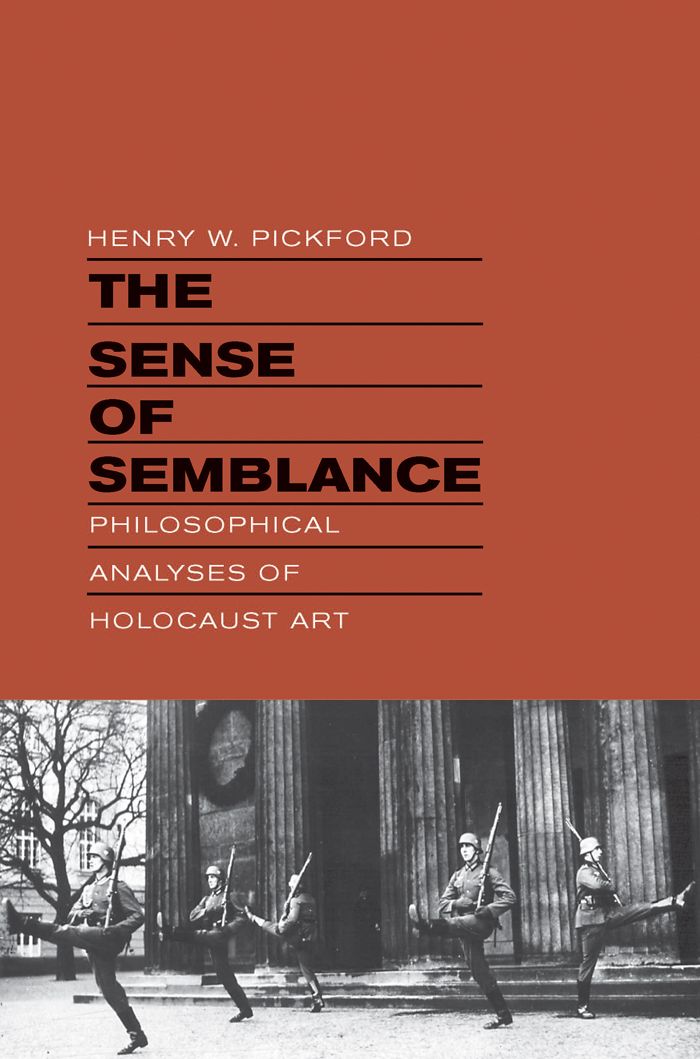The Sense of Semblance
Philosophical Analyses of Holocaust Art

This book can be opened with

Drawing on Adorno’s aesthetic theory, Benjamin's notion of dialectical images, and insights from contemporary Anglo-American philosophy, Henry Pickford provides a trenchant and original analysis of the struggle of artists to do justice to the memory of the Holocaust. Examining a wide range of both familiar and unfamiliar material from poetry and film to graphic novels and memorial installations, he shows that against all odds some have succeeded in fashioning both imaginative works of art and powerful reminders of the horrors they urge us never to forget. The Sense of Semblance is a work fully adequate to its demanding subject, an exemplary application of philosophical theory to artistic practice.
“Successfully blending insights from continental and Anglophone philosophy, Pickford’s Sense of Semblance establishes a new methodology in the field of philosophical inquiry into Holocaust representation. Indeed, this wholly original study positions itself as nothing less than a systemic analysis of the first principles of aesthetic representation of catastrophic phenomena, and as such seems certain to make an enduring contribution to the field.”
When addressing the Holocaust, philosophers tend to raise broad questions regarding ethics, history, and epistemology. Henry Pickford has chosen a very different approach. He has turned his critical attention to individual works of art and literature. The Sense of Semblance offers fascinating and persuasive insights into the vexed and highly controversial problems of the truth content of art dealing with the Holocaust. What distinguishes Pickford’s excellent book from preceding studies is its rigorous, yet differentiated use of continental and analytic philosophy to address the challenging problems of representation, expression, performance, and historical veracity. The truth becomes legible through the patient study of the detail. The author has greatly advanced our understanding of Holocaust art and its role in the public sphere through his persistent emphasis of the fundamental epistemological questions.
At times the prose is dense, but overall Pickford develops clear argumentative paths and admirably manages to elucidate continental philosophers' arguments that are relevant for art criticism.——The British Journal of Aesthetics
Pickford's masterful discussion of the philosophical questions inherent in Holocaust art is thought-provoking and challenging, of value to those in a variety of disciplines from art history to philosophy and literature.——Holocaust and Genocide Studies

